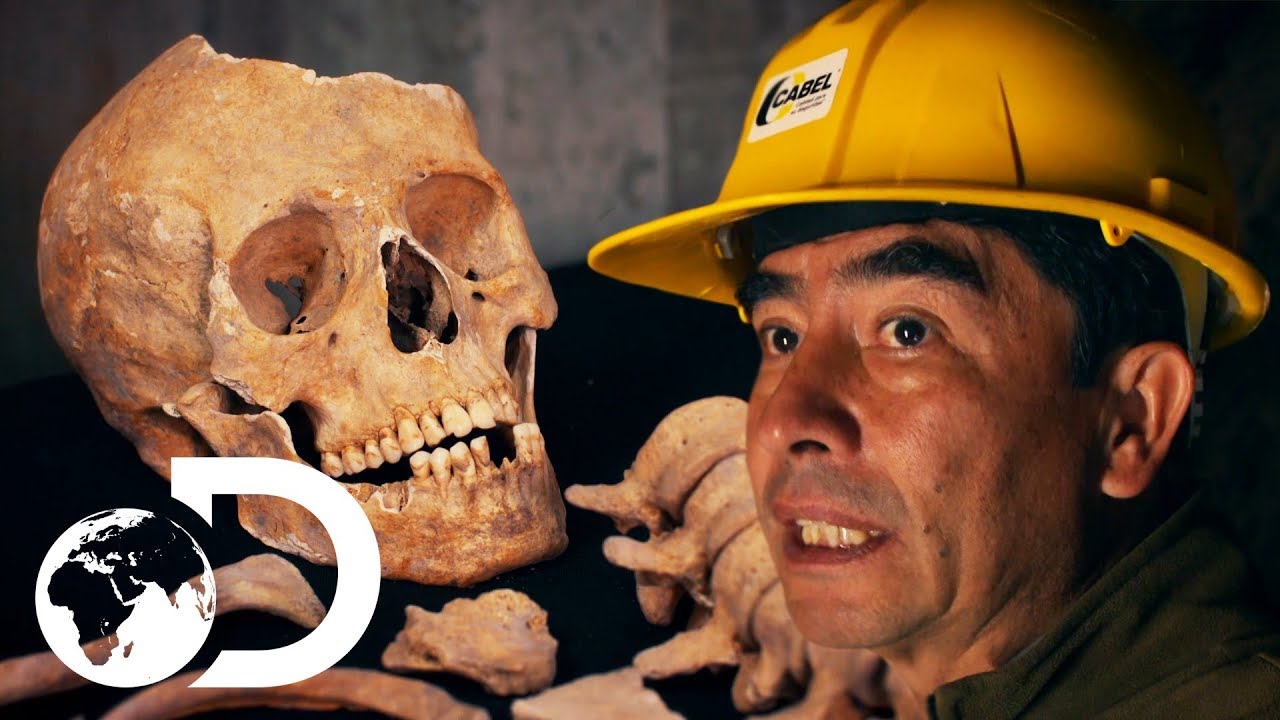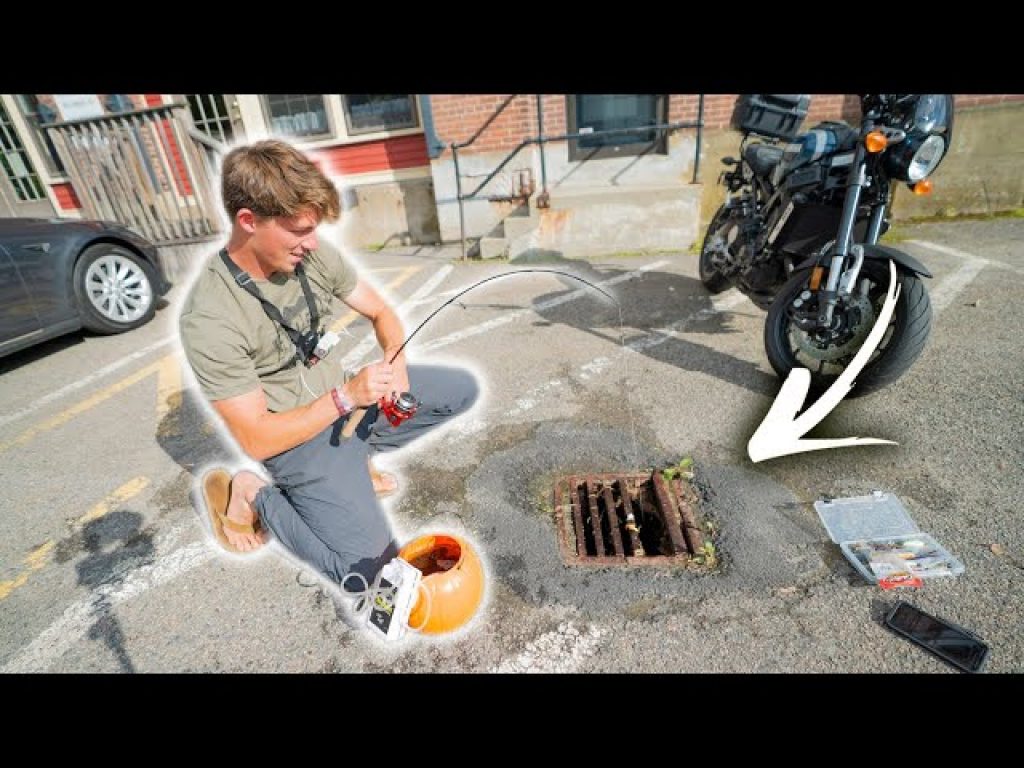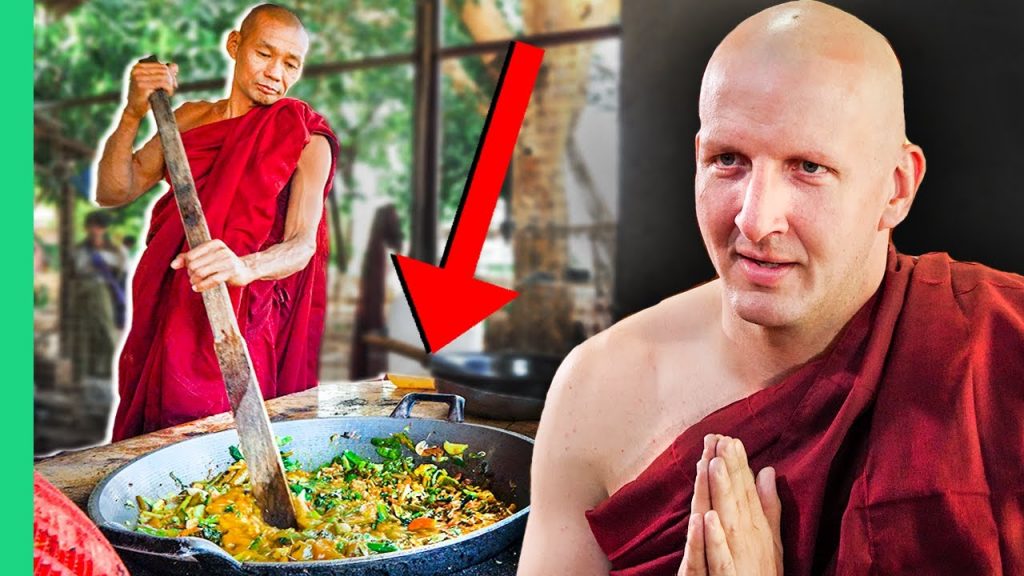Shocking Artifacts And Human Remains Found In 2000 Year Old Pyramid

Old Pyramid
In Mexico, investigators are unraveling the secrets of a 2,000 year old mystery — why was the ancient city of Teotihuacan built and what are their pyramids hiding?
How can archaeologists balance the pursuit of knowledge with respect for the legacies and beliefs of ancient civilizations when studying human remains?
Archaeologists have discovered a vast collection of human remains and artifacts in a 2,000-year-old pyramid located in a remote region of the deserts in Peru. The remains and objects have been described as shocking and unprecedented due to the sheer volume and extraordinary nature of the findings.
The pyramid was discovered by a team led by Professor John Verano of Tulane University, who has been conducting research on ancient cultures of South America for several years. The structure, which is believed to have been built by the Moche civilization, has long been shrouded in mystery, and it was not until recently that archeologists were able to access its inner chambers.
Inside the pyramid, the researchers found a labyrinth of tunnels and chambers filled with mummified remains of both adults and children. The remains were in various states of preservation, and some even appeared to be partially disassembled or mutilated.
Additionally, the team discovered an array of precious artifacts, including ceramics, textiles, and gold and silver objects, all of which would have been used in various rituals and ceremonies. These artifacts were often found in close proximity to the human remains, suggesting that they were arranged with great care and significance.
Perhaps the most striking discovery of all was the existence of what appeared to be a sacrificial chamber. Inside this chamber, researchers found human bones arranged in a pattern that suggested a sacrificial ritual had taken place. Experts have speculated that the pattern may represent the sacrificial victims holding hands, suggesting they were forced to do so before their deaths.
The team believes that these shocking finds offer insights into the ancient culture of the Moche and their beliefs about death and the afterlife. They also provide a unique glimpse into a civilization that is often overshadowed by the more well-known Inca culture.
Despite the excitement surrounding these discoveries, they have also raised difficult questions about the ethics of conducting research on human remains. Some indigenous groups in Peru have expressed concerns about the disruption of sacred burial sites and the display of human remains in museums.
As archaeologists continue to uncover new insights into the ancient cultures of South America, it’s important to balance the pursuit of knowledge with respect for the legacies and beliefs of these civilizations. While the discoveries in the 2,000-year-old pyramid are indeed shocking and significant, they serve as a reminder of the complex ethical issues that arise when studying human remains from the past.









Cattail Down Jacket Solo Overnight
One Homestead Day – Day In The Life On Our Small Farm
Turning My ENTIRE Ceiling Into a Light Fixture
Living Off the Grid in Paradise
Living From The Ocean… Solo Beach Camping On An Uninhabited Island – Day 2